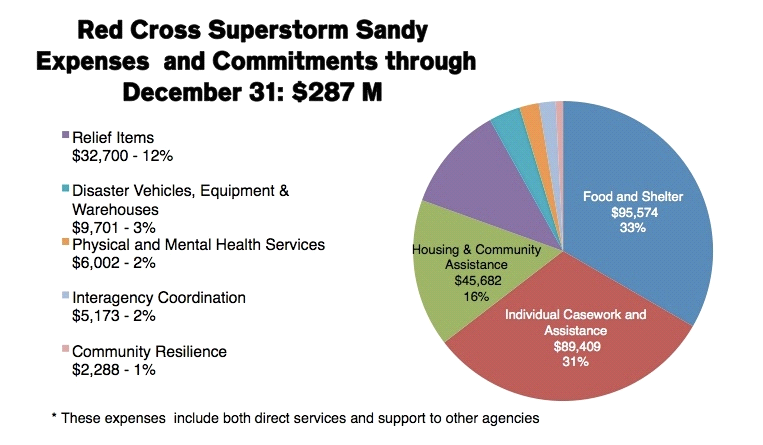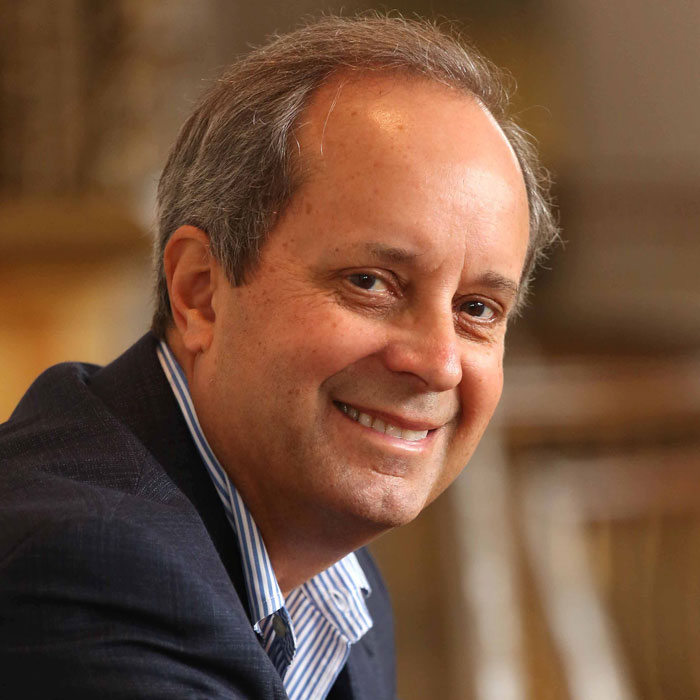Why CDP was #1 on New York AG’S Hurricane Sandy List (and Why We’re Proud)
New York Attorney General Eric Schneiderman released his office’s preliminary report yesterday on how 89 charitable organizations have, or have not, spent more than $575 million for Superstorm Sandy relief. According to the report, $238 million (or 42%) remain unspent – a figure that disconcerts Mr. Schneiderman. Number One on his list for unspent funds is […]
New York Attorney General Eric Schneiderman released his office’s preliminary report yesterday on how 89 charitable organizations have, or have not, spent more than $575 million for Superstorm Sandy relief. According to the report, $238 million (or 42%) remain unspent – a figure that disconcerts Mr. Schneiderman.
Number One on his list for unspent funds is the Center for Disaster Philanthropy with 100% of our funds unspent as of April 30. This is in fact true. Funds from the CDP Hurricane Sandy Disaster Fund have yet to be distributed.
The AG’s report suggests that unspent funds may be a problem. But we wholeheartedly disagree and here’s why:
- Most Giving to Disaster Relief Ends After 60 Days. Needs caused by the storm remain. In the immediate aftermath of a disaster, there is a surge of giving – influenced by media coverage and overwhelming emotion. However, support for relief is only part of the story, and often there is not nearly enough money left for the long work of recovery.
- The Difficult Task of Rebuilding Takes Time. We know from Hurricane Katrina, the South Asian Tsunami, the Haitian earthquake and other catastrophic disasters that bringing communities back to some sense of normalcy can take decades. Often the full needs of a community are not revealed in the days and weeks following a disaster, but rather, it can take months or more for some needs to expose themselves.
- Our Donors wanted us to focus on long-term recovery. By design, the CDP Hurricane Sandy Disaster Fund was created to give donors an opportunity to maximize the impact of their generosity to support the full life cycle of the disaster. Our donors told us to emphasize funding that is medium- and long-term in nature and based upon the prevailing needs that emerge in the weeks and months to come. We are doing exactly what our donors expected us to do, and what we believe will best serve the needs of Sandy-affected communities.
Since the hurricane made landfall, CDP staff have diligently worked to field innovative and creative programs and projects. We used two filters – the first drove us to think about building best practices, and demonstrating replicable and scalable models to ultimately better the lives of Hurricane Sandy-affected communities. The second filter pushed us to think about mitigating the negative effects of the next national disaster. We are seeking to meet these needs and mitigate future disaster shocks.
Within the next two weeks, CDP will announce the full docket of grantees that will be recipients of the monies raised through the CDP Hurricane Sandy Disaster Fund. Monies will be allocated to: to extend and support media efforts around Hurricane Sandy; to support vulnerable immigrant populations, often overlooked in recovery efforts; to bolster much-needed mental health services; to encourage civic participation and community voices across all recovery efforts; and, to use Hurricane Sandy as a model for thinking about effective disaster response.
We’re pleased that the Attorney General is following the use of monies donated to Sandy relief. Nonprofit organizations have an obligation to be transparent and accountable with the charitable donations, and donors should settle for nothing less.
But to suggest that all monies should have been spent or that all of the many problems caused by Sandy should have already been fixed misunderstands the devastating nature of Sandy and the complexity of rebuilding.
More like this


